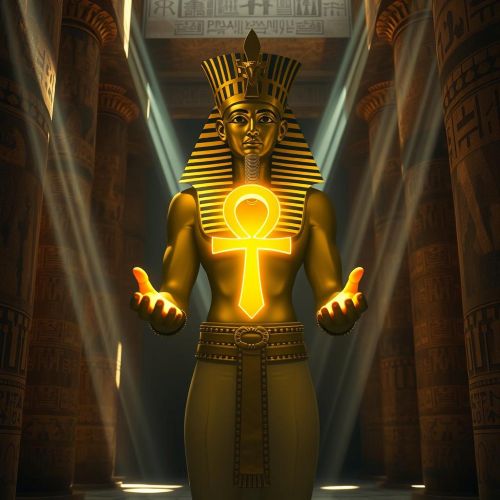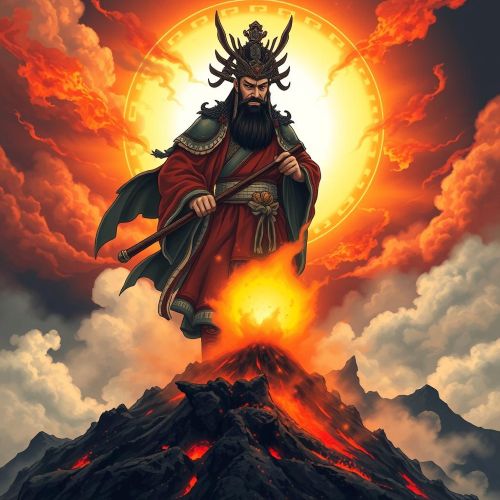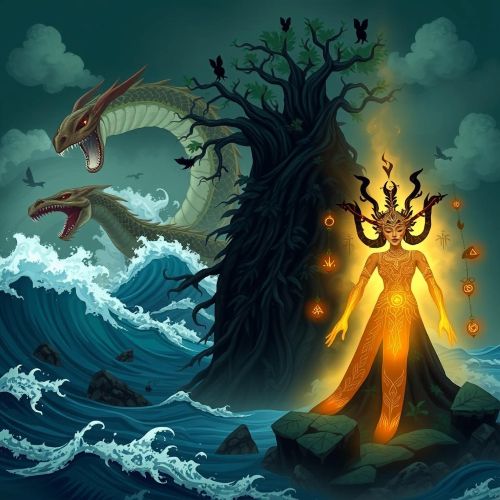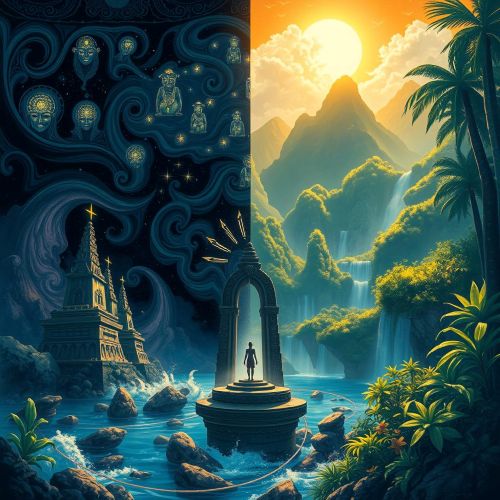Indarapatra and Sulayman: The Heroic Legends of Mindanao
Introduction
Among the vibrant oral traditions of the Philippines, the epic of Indarapatra and Sulayman stands out as a legendary tale of heroism, brotherhood, and the eternal struggle between good and evil. Rooted in the pre-Islamic culture of the Maguindanao people in Mindanao, this myth reflects the richness of ancient Philippine mythology and the values held dear by early Filipino communities.
The story of Indarapatra and Sulayman is not just an adventure narrative; it’s a cultural treasure that carries the essence of bravery, kinship, and sacrifice. In this article, we dive deep into the legend, exploring its characters, themes, and lasting impact on Philippine folklore.
The Tale of Indarapatra and Sulayman
The legend begins in the grand kingdom of Mantapoli, ruled by the wise and noble King Indarapatra. News reaches the king about the terrifying destruction brought upon the lands of Mindanao by dreadful monsters. The people of Maguindanao suffer under the tyranny of these beasts, their villages turned to ashes and their hopes diminished.
Upon hearing this, Indarapatra calls upon his brave brother, Sulayman, a warrior of unmatched strength and courage. Moved by the cries of the people and a strong sense of duty, Sulayman sets off on a perilous journey to defeat the monsters and restore peace to the land.
Before he departs, Indarapatra gives Sulayman a magical sword and plants a tree near his palace. He tells Sulayman that if the tree withers, it will be a sign that he has perished.
The Battle Against the Beasts
Sulayman travels across Mindanao, encountering monstrous creatures that have ravaged cities and forests. He slays a giant bird that has consumed the people of a town, defeats a massive serpent in another region, and fights a ferocious, man-eating creature with the body of a beast and the face of a man.
However, his journey ends in tragedy when he meets his match in a fearsome giant living in Mount Bita. Sulayman is slain in battle. At that very moment, the tree Indarapatra planted begins to wither.
Devastated, Indarapatra takes up arms himself and travels to Mindanao to find his fallen brother. With grief and vengeance fueling his strength, he defeats the giant of Mount Bita and restores peace. Later, through divine intervention or mystical powers, Indarapatra brings Sulayman back to life, and together, they oversee the rebuilding of the ravaged land.
Themes and Symbolism
The story of Indarapatra and Sulayman is rich with symbolic elements:
-
Brotherhood and Loyalty: Sulayman’s willingness to sacrifice his life for the people and Indarapatra’s deep bond with his brother are central to the tale.
-
Good vs Evil: The monsters represent chaos and darkness, while the brothers stand as champions of order and light.
-
Nature and Spiritual Connection: The tree acts as a mystical lifeline and shows the close relationship between humans and the natural world.
Cultural Significance
This epic is part of the oral literature of the Maguindanao people, showcasing how precolonial Filipinos used storytelling to instill values, remember history, and explain natural phenomena. The legend of Indarapatra and Sulayman also reflects influences from Islamic traditions, with references to divine powers and magical swords, blending indigenous and Islamic motifs.
The story continues to be studied in schools and adapted into plays and literature, reminding new generations of the bravery and moral strength of their ancestors.
Modern-Day Influences
In recent years, interest in Philippine mythology has surged, especially among younger Filipinos and creators seeking to reconnect with indigenous roots. The story of Indarapatra and Sulayman has found its way into local folklore collections, graphic novels, and even discussions in popular mythology podcasts and blogs.
In a world increasingly fascinated by superhero sagas, the timeless tale of two brothers facing monstrous odds remains deeply relevant. It resonates not only as a legend but also as an inspiring reflection of heroism and sacrifice.
Conclusion
The epic of Indarapatra and Sulayman remains a cornerstone of Philippine mythology, echoing the heroic ideals and spiritual depth of the Maguindanao people. It reminds us of the power of courage, the sacred bond of family, and the eternal triumph of good over evil.
As more Filipinos look to reconnect with their cultural heritage, legends like this serve as a bridge to a rich and powerful past, waiting to be rediscovered and reimagined.










